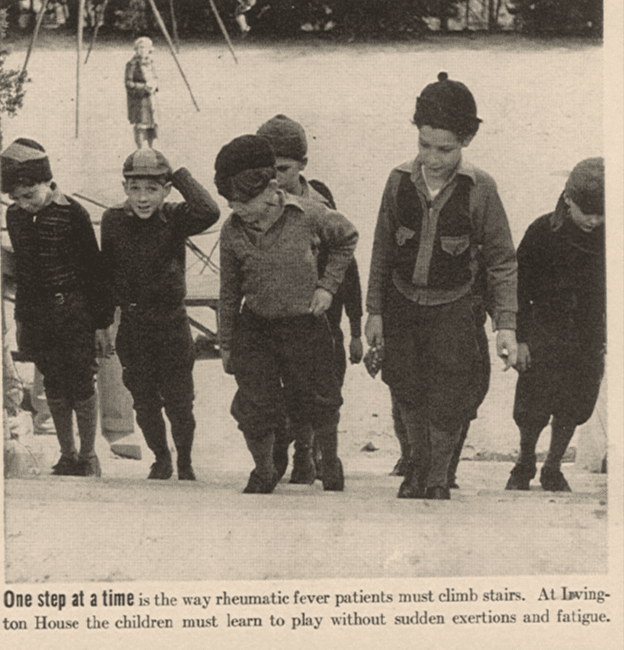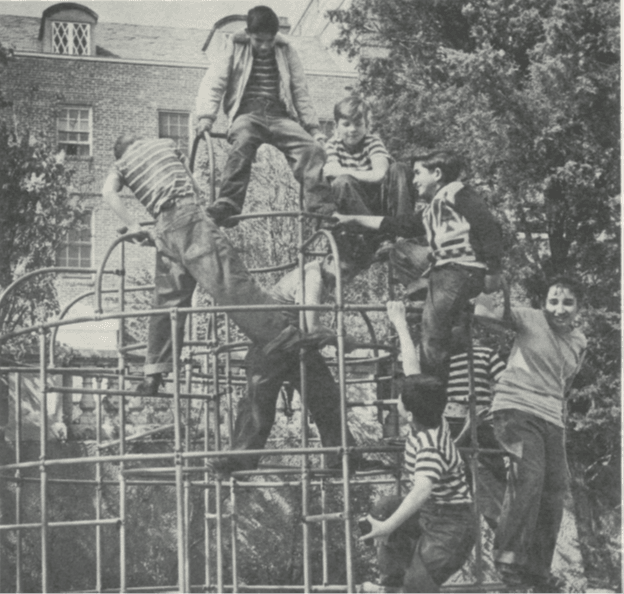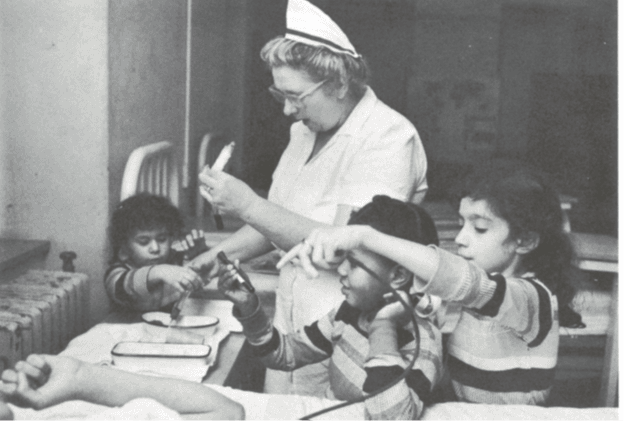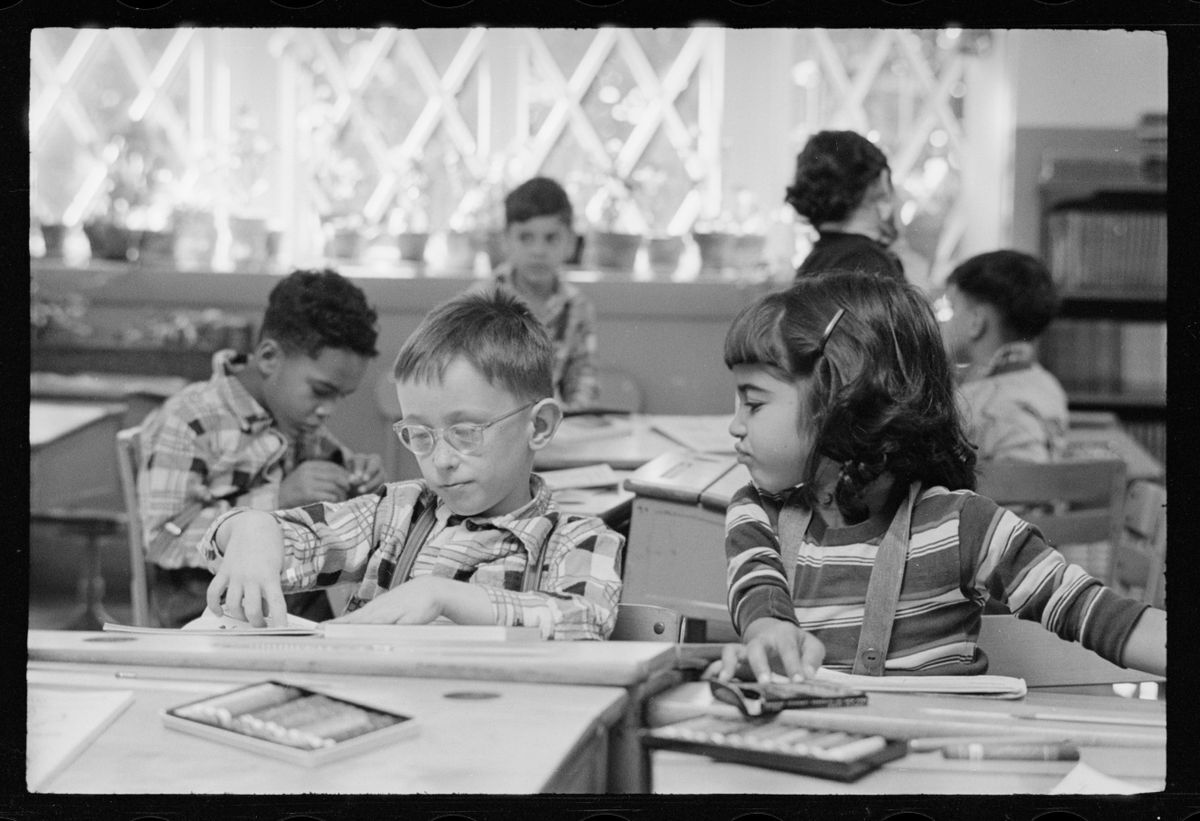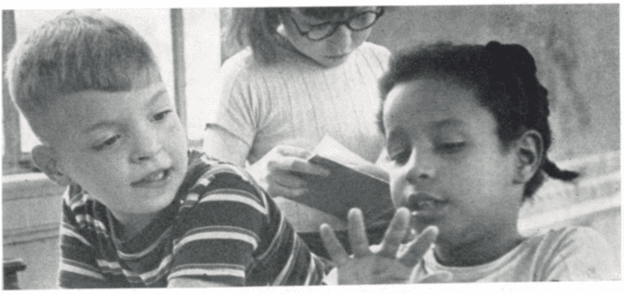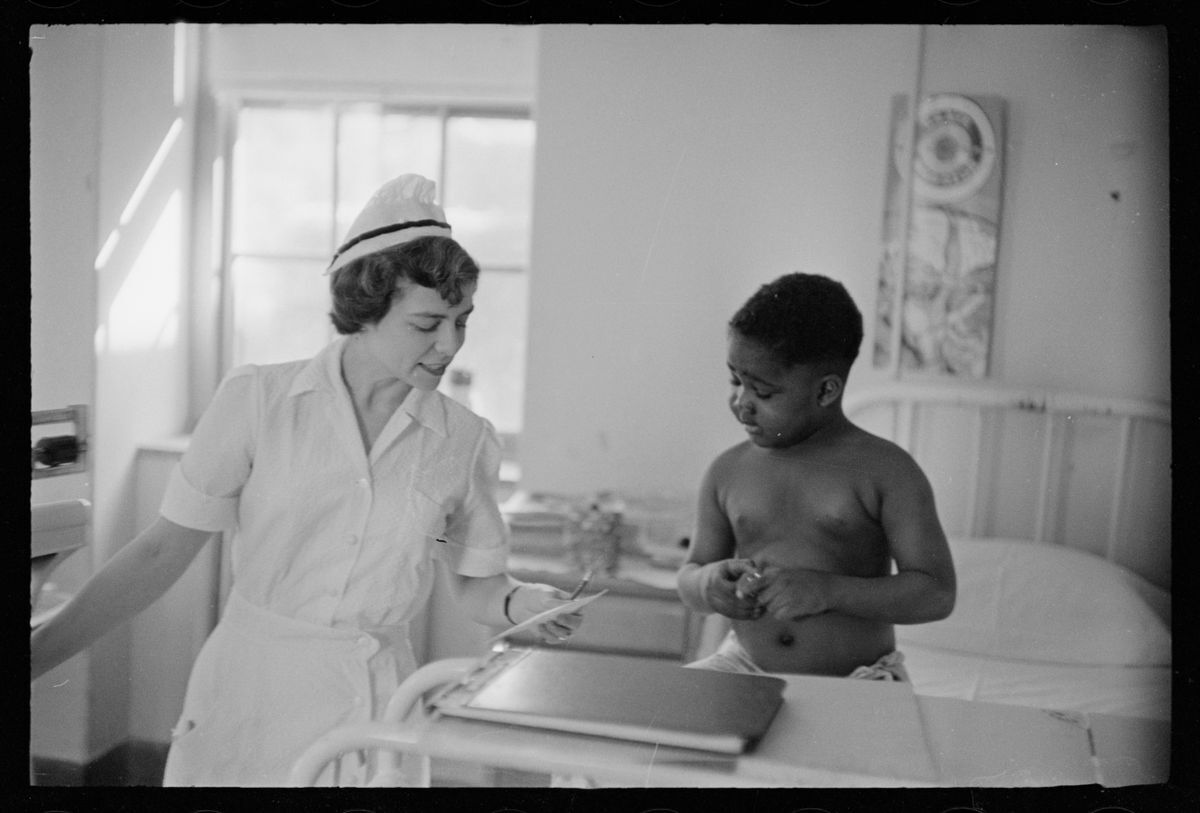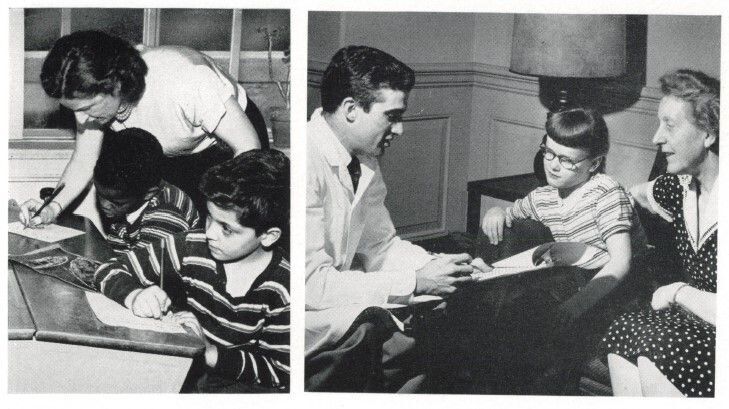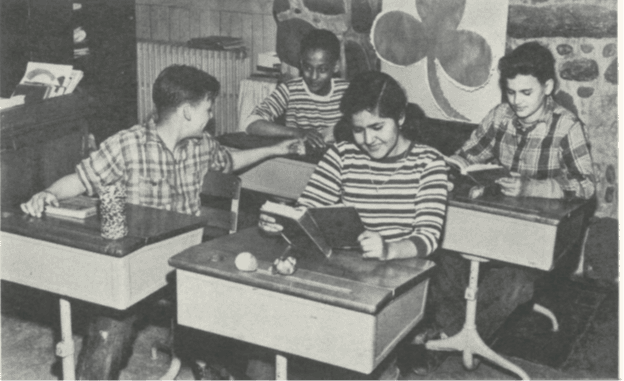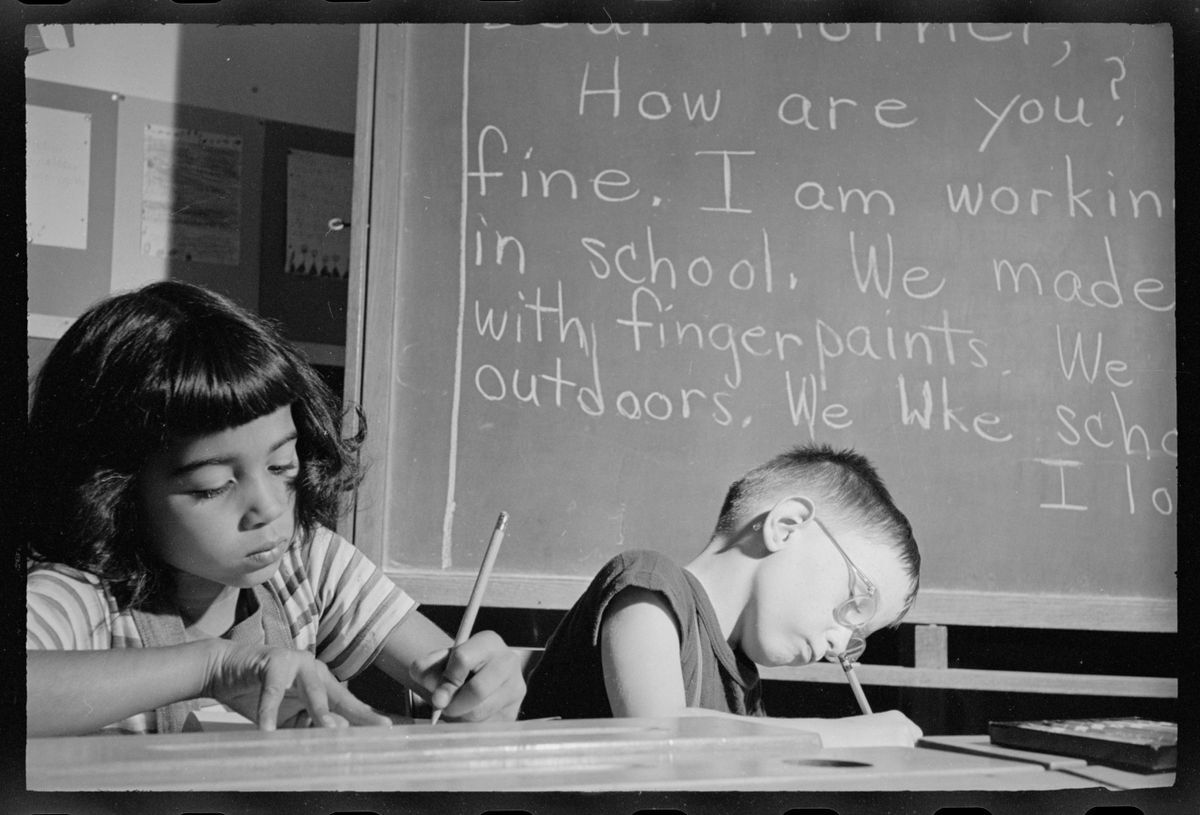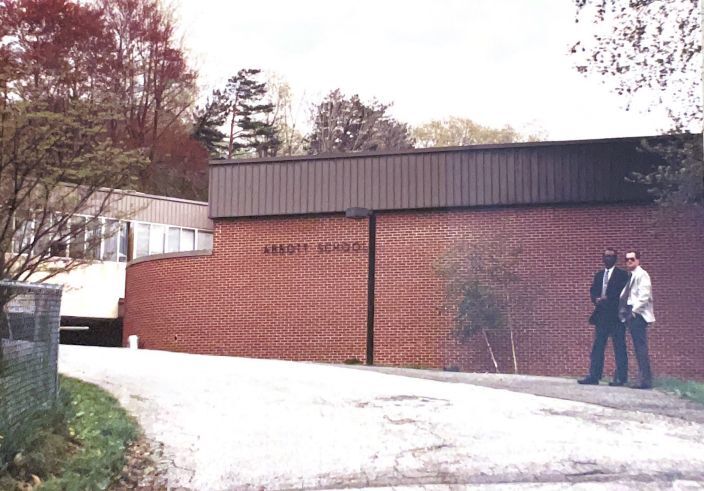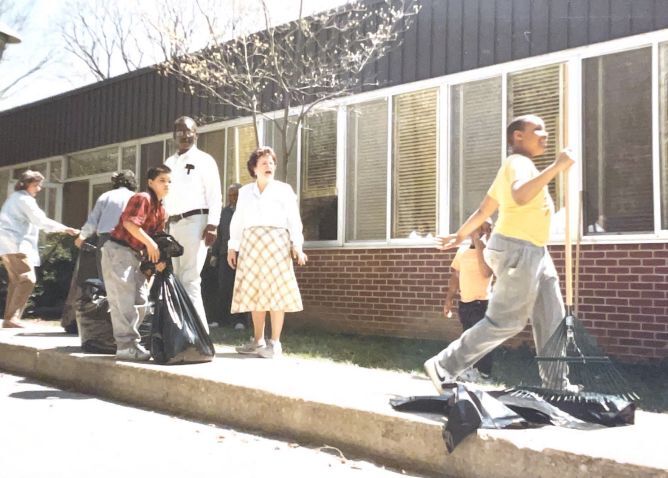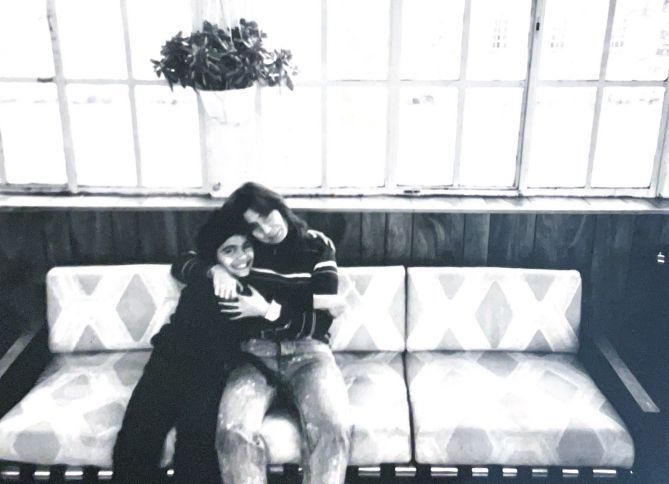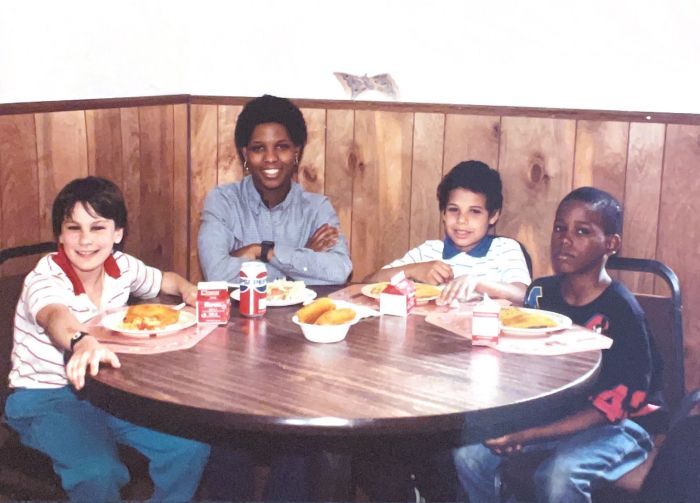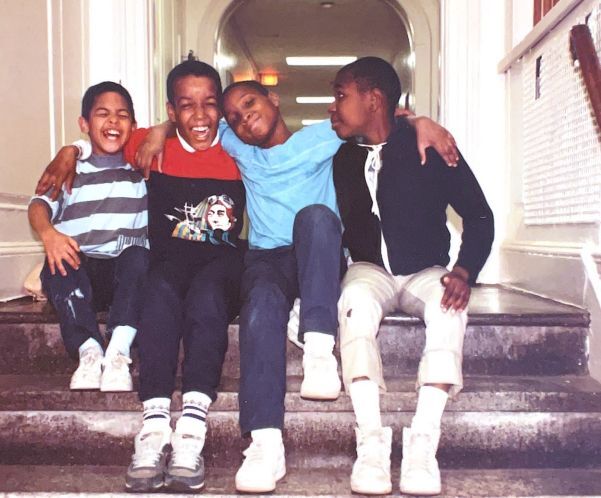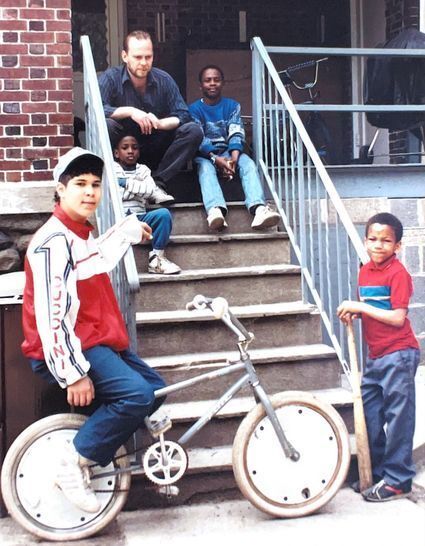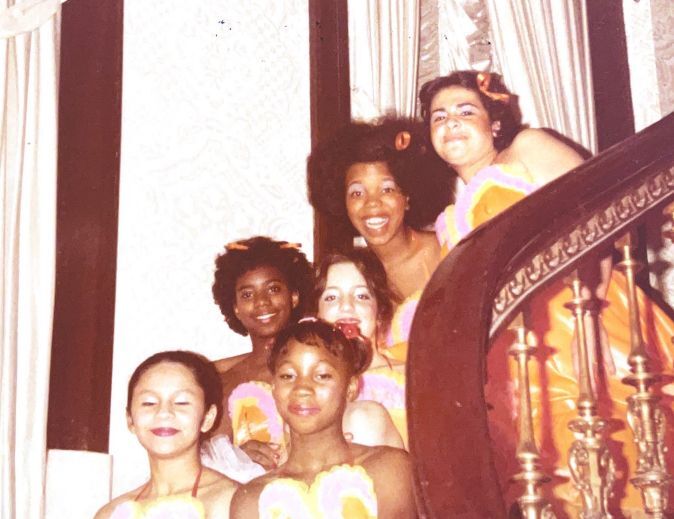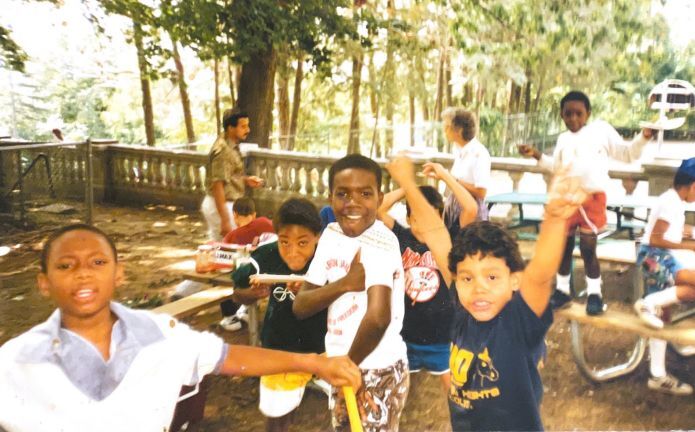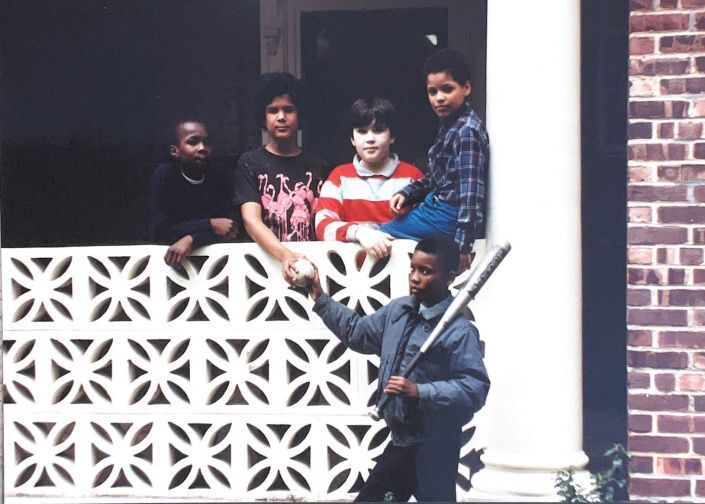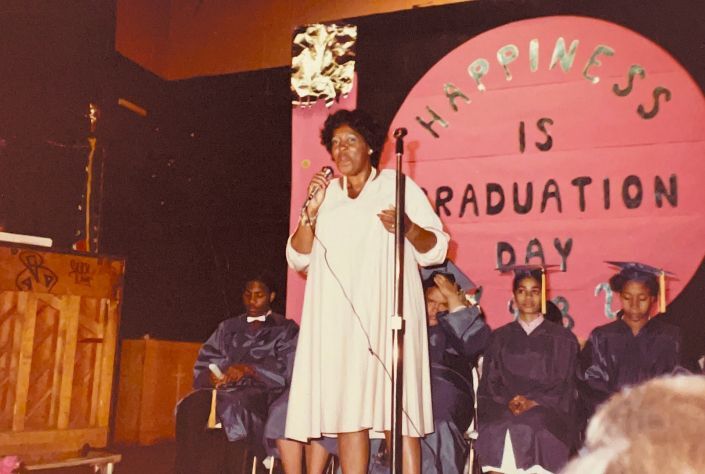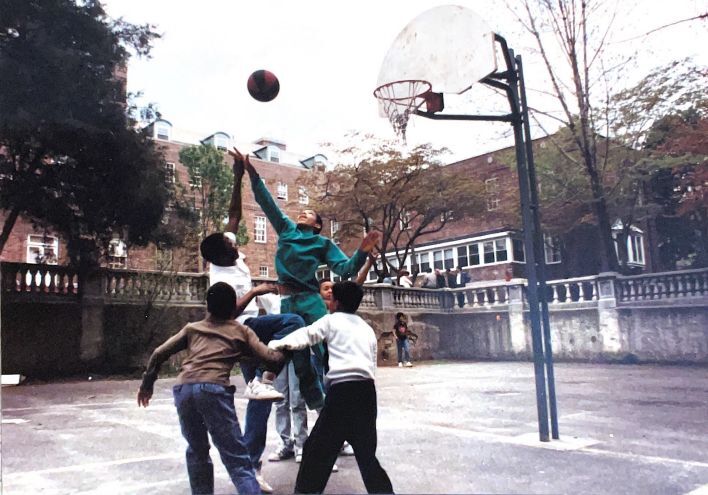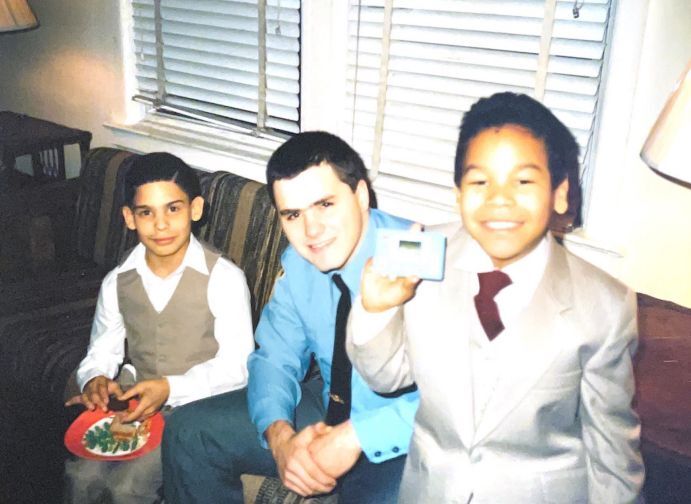A Legacy of Safety, Healing, and Hope
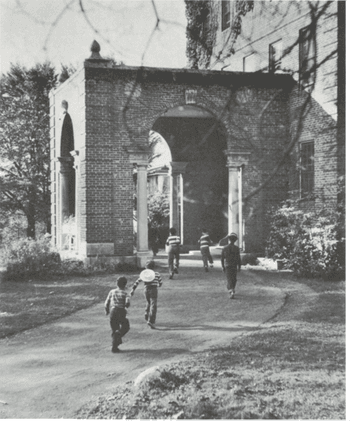
On November 1, 1963, Abbott House opened our doors in Irvington, New York, as a new voluntary non-profit agency focusing on a humane alternative to overcrowded NYC shelters —a haven where all children, regardless of race, religion, background, or circumstance, could find an anchor to their place in the world. Two years later, Dr. King keynoted our inaugural dinner. His talk “The Dignity of Family Life” spoke to themes of community, identity, and family while praising Abbott House for its approach at “combining the treatment of symptoms with a probing of causes.”
Over the past six decades, we have expanded our programs and geographical footprint, extending compassionate care in a variety of settings to a diverse range of individuals and families throughout the New York metropolitan area and surrounding Hudson Valley counties.
- Our Roots
- 1960s: Incorporation and Inaugural Dinner with Dr. King
- 1970s: Institutional Reform, Advocacy and Expansion
- 1980s: The Revolution from Institution to Extended Family Settings Through Foster Care, Adoption and Group Homes
- 1990s: Specialized Homes, Services and Regional Expansion
- 2000s: Community Based Holistic Model & Comprehensive Care
- 2010s: Modernization and Accreditation
- 2020s: Present Day
-
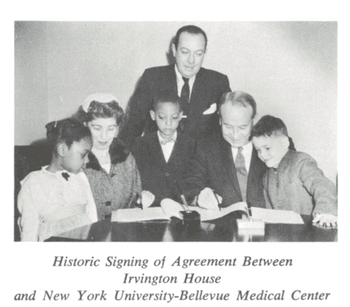 Our Roots
Our RootsIn 1924 the Mineola home for cardiac children purchased the Luke estate in Irvington, New York and became a children’s home for convalescent care. In order to reflect its new community identity in 1925 the Mineola Home was renamed the Irvington House and cared for children with heart disease. In 1928 the nation’s first children’s cardiac research laboratory was opened at Irvington House. In 1944 Irvington House researchers proved that rheumatic fever (that lead to heart disease) was preceded by streptococcal infections (strep throat). The team pioneered the use of Bicillin, the most successful antibiotic in preventing recurrences (widespread availability of antibiotics began in 1945). As the population of cardiac patients declined, Irvington House began to move away from a model of convalescent care and began to focus on child welfare and child protection. In a letter sent to the Mayor of Irvington on August 8, 1963, Irvington House announced that it would be closing its cardiac care program in Irvington and that a new organization called Abbott House would take over the facility to provide a home for “abandoned and dependent children under 11 years of age.”
-
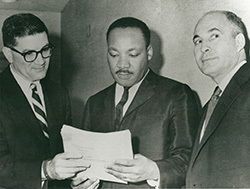 1960s: Incorporation and Inaugural Dinner with Dr. King
1960s: Incorporation and Inaugural Dinner with Dr. KingIn 1963 Abbott House is incorporated as a 501 (c)(3) nonprofit child welfare agency named after Edith and Grace Abbott, sisters who were legendary social justice advocates and leaders of the social services movement of the early 20th Century. In 1965, Dr. Martin Luther King, Jr. attends Abbott House’s inaugural dinner and gives a speech titled The Dignity of Family Life: An Address at Abbott House, Westchester County, NY.
-
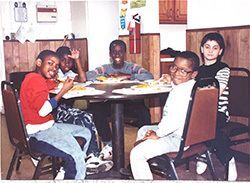 1970s: Institutional Reform, Advocacy and Expansion
1970s: Institutional Reform, Advocacy and ExpansionAbbott House is granted a Special Act School District named Abbott School. During this decade, the organization revolutionized foster care by developing an extensive network of family-like homes. These family-like settings of up to 12 children would go on to become the industry standard for congregate care. Dr. Betty Shabazz (widow of Malcolm X) joins the board of directors.
-
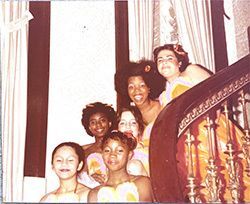 1980s: The Revolution from Institution to Extended Family Settings Through Foster Care, Adoption and Group Homes
1980s: The Revolution from Institution to Extended Family Settings Through Foster Care, Adoption and Group HomesGroup homes are expanded to the Bronx and now include homes for specialized populations such as older adolescents, children needing additional clinical intervention, and youth whose behaviors require additional staff monitoring. The Campus Diagnostic Reception Center opens in Irvington, and an Independent Living Program is established for adolescents in foster care to assist with preparing youth to age out of care.
-
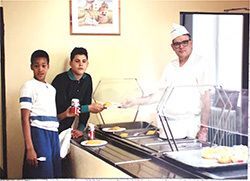 1990s: Specialized Homes, Services and Regional Expansion
1990s: Specialized Homes, Services and Regional ExpansionProgram sites and services are expanded to include all of New York City and the lower Hudson Valley counties. New programs include the Mentoring Program, Kinship Foster Boarding Home Program, Therapeutic Foster Homes, Services for People with Developmental Disabilities, Bronx Family Services, and Group Homes for children with serious mental health problems and adolescents previously placed out of state. The Governor of New York tours Abbott House’s Irvington Campus in 1990.
-
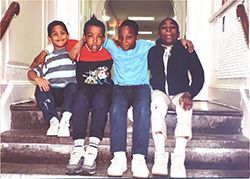 2000s: Community Based Holistic Model & Comprehensive Care
2000s: Community Based Holistic Model & Comprehensive CareNew programs opened this decade include Post-Adoption, the Bridge Family Program, and the Foster Care Reunification Program. In 2008, Abbott House is selected to help launch New York State’s Bridges to Health (B2H) Program, which provides support to NYC foster children both in their communities and in their homes. The year also marks the reduction of large institutional programs and services while expanding foster care, adoption and post-adoption services. This completes the transition to becoming a true community-based agency.
-
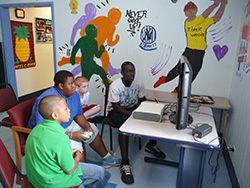 2010s: Modernization and Accreditation
2010s: Modernization and AccreditationThe focus of care shifts towards preventive and “wrap around” services and includes two NonSecure Detention Programs, the Article-31 Mental Health Clinic, the Community Schools Resource Program, the FACE (Family Assessment and Community Enhancement) Program, expansion of the Post-Adoption Program, and the launch of the Permanency Resource Program and the Training Institute. The Transitional Resources for Children (TRC) Program opens in 2014 and cares for unaccompanied minors awaiting family reunification. The B2H program begins its multi-year transition to Health Homes
-
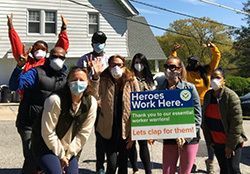 2020s: Present Day
2020s: Present DayToday, Abbott House’s programs and services focus on providing trauma-informed care. Health Homes have expanded to include Children and Family Treatment and Support Services (CFTSS) and Home and Community Based Services (HCBS). A new Day Habilitation Program for adults has opened in Rockland County. Our Group Homes have become Qualified Residential Treatment Programs (QRTP), allowing us to provide additional clinical services to youth in care. In 2021, the agency received CARF International Accreditation for outstanding quality services in Residential and Group Home Services for children and adolescents.
Abbott House has directly served over 120,000 children since inception and now supports nearly 8,000 children, families and adults across New York Metropolitan area and surrounding Hudson Valley. Family always comes first at the Abbott House.

